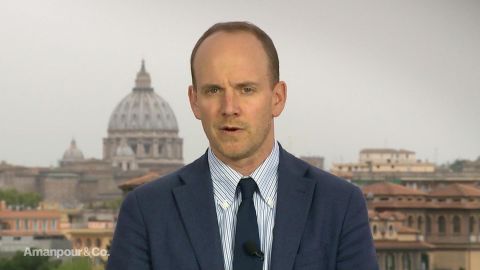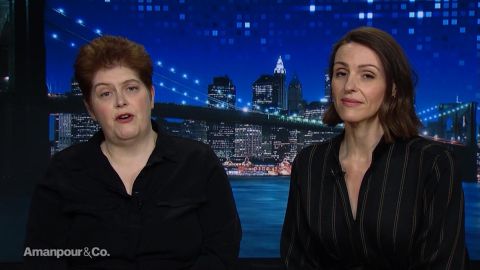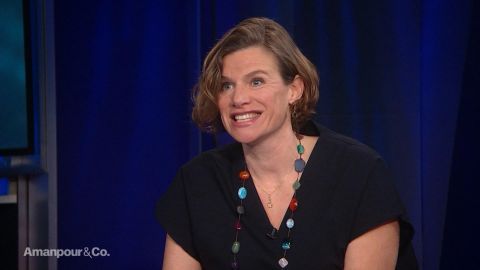Read Transcript EXPAND
CHRISTIANE AMANPOUR: What is the difficulty of trying to reconstruct – trying to repair something of that – of that ancient age?
JOHN OCHSENDORF, PROFESSOR OF ARCHITECTURE, MIT: Well, the first thing we can say is that it’s simply not possible. I mean, what was lost with the roof, particularly the medieval roof, if you think it’s 800 years old, it was built of more than a thousand ancient oak trees that themselves had cured for decades, or even centuries, before being used. And then the medieval craftsmanship, all of that is lost forever. However, we can try to replace some of that using the same techniques, the same wood, the same craftsmanship. And it will be a challenge, but it is possible. But it will never be a complete replacement for what we have lost. The challenge now is just what to do moving forward and how accurate could the reconstruction be.
AMANPOUR: So let me just challenge you there then because, you know, say how accurate. But you know, Paris is full of – well, at least there’s one major example of an inaccurate, if you like, construction, and that is the glass pyramid inside the courtyard of the Louvre, the ancient palace of the Louvre. And that caused a huge amount of consternation when I.M. Pei first designed it and when it was first built. And then, of course, you’ve got the Reichstag, with its glass, beautiful glass top, that’s there’s a very, you know, late addition to that building.
Do you think that Notre Dame – and there’s a competition out for designs – should be faithfully replicated, the roof? Or can it afford to be something beautiful, and brazen, and new and that will test — stand the test of the ages to come?
OCHSENDORF: Well, this is exactly the question. Do we recreate or do we reimagine something new? And you know, when the Eiffel Tower was completed, it was also shocking in Paris. I think in the case of Notre Dame, the spire which has been lost, which dated from just before the Eiffel Tower – it’s from the late 1850s – it itself was a new imagining of a much earlier spire that it replaced.
So monuments evolve, they move forward, cultures move forward. This is only a personal opinion, but I would like to see the spire recreated, reimagined in some new form, whereas I think the medieval roof that is the timbers that are hidden from view, that are now lost forever, I think it would be appropriate to try to recreate what was lost in the medieval timber roof, whereas the 19th century spire, perhaps, could be reimagined as a 21st century spire, but something that is respectful of the cathedral and its long history.
About This Episode EXPAND
Christiane Amanpour speaks with Mariana Mazzucato about the Green New Deal; Sally Wainwright & Suranne Jones about “Gentleman Jack;” and John Oschendorf about the key to repairing Notre Dame. Walter Isaacson speaks with Ray Dalio, who manages the world’s most successful hedge fund, about the widening wealth gap.
LEARN MORE



